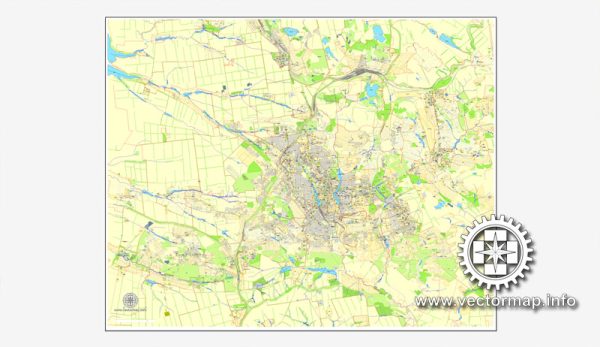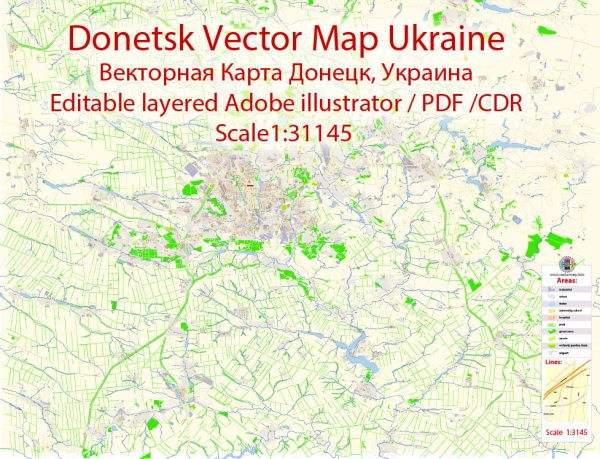Donetsk, a city located in eastern Ukraine, has a rich and complex history that spans centuries. Here’s a brief overview of its historical development:
- Early History: The area where Donetsk is located has a history of human habitation dating back to ancient times. Archaeological evidence suggests that the region was inhabited by various Slavic tribes as early as the 9th century.
- Industrialization: The modern history of Donetsk is closely tied to industrialization. In the late 19th and early 20th centuries, the area became a center for coal mining and steel production. The city was known as Yuzovka during this period, named after the Welsh industrialist John Hughes who played a significant role in developing the coal and steel industry in the region.
- Soviet Era: After the Russian Revolution of 1917, Donetsk became a part of the Soviet Union. The city was renamed Stalino in honor of Joseph Stalin and continued to be an important industrial and mining hub. During World War II, it played a vital role in the Soviet Union’s efforts against Nazi Germany.
- Post-Soviet Period: Following the dissolution of the Soviet Union in 1991, Ukraine became an independent country, and Donetsk became a part of the newly formed Ukrainian state. The city was renamed Donetsk, and it became a major industrial and economic center in Ukraine.
- Recent Conflict: In the 21st century, Donetsk became a focal point of political and ethnic tensions. In 2014, pro-Russian separatists in the Donetsk and Luhansk regions of eastern Ukraine declared independence, leading to a conflict between these separatist groups and the Ukrainian government. This conflict, commonly known as the War in Donbass, has resulted in significant loss of life and damage to the region, with Donetsk serving as one of its epicenters.



 Author: Kirill Shrayber, Ph.D.
Author: Kirill Shrayber, Ph.D.